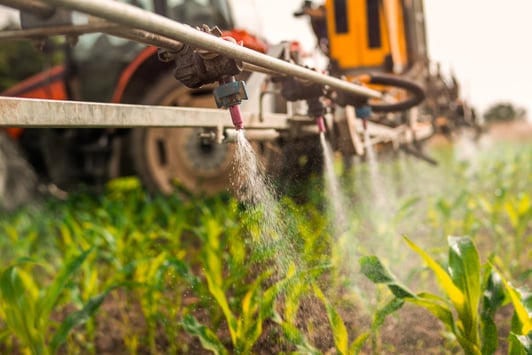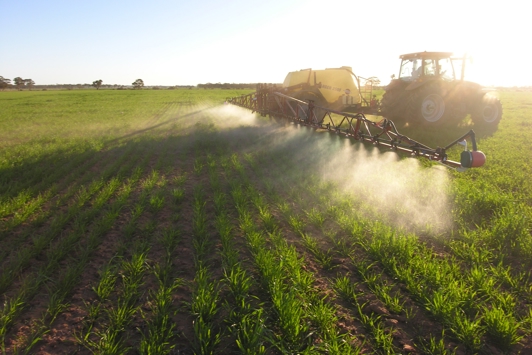Good spray management involves a number of factors:
- Read and understand the product label.
- Spray under desirable weather conditions, avoiding inversions.
- Selecting the correct droplet size (nozzle, pressure).
- Set boom height as low as practical.
- Minimise boom travel speed.
- Spray when the wind is away from sensitive areas and/or use downwind, ensuring buffer areas are maintained.
- Spray when there is a consistent crosswind.
- Spray when wind speed is 3–20 km/h.
Pesticide users are responsible for ensuring their actions do not pose risks to themselves, others, or the environment. This involves thorough understanding and adherence to product label instructions to achieve effective control while minimising concerns for neighbouring properties, and the public.
The Health (Pesticides) Regulations 2011 require a pesticide user to keep, use, handle and transport a product in a manner that might reasonably be expected to pose no threat to the health or safety of any individual or the public.
Spray drift is the most common source of off-target pesticide impacts. Both agricultural and urban users must plan, prepare and apply pesticides accurately and in accordance with the product label directions to minimise the risk of spray drift. Proper equipment setup, calibration, and an understating of weather conditions, particularly wind speed and direction, is vital.
Spray drift can lead to significant issues for neighbouring properties, especially when it affects crops not registered for that pesticide. Grains, fruit, vegetables and livestock must meet strict maximum residue levels (MRLs) set for the amount of chemical residue allowed in that commodity.
Pesticide users should regularly review their chemical handling and use practices to avoid off-target damage. Before application, conduct a basic risk assessment considering application methods, rates, weather conditions, and any other relevant factors. This planning stage helps identify and then prevent off-target impacts, including those that could affect human health and the public.
Familiarity with neighbours and their crops and livestock is important. The department has created a sensitive sites register for commercial growers of certain crops.
This service is designed to assist both sensitive enterprises and nearby landholders to prepare risk assessment and mitigation plans for their activities, to ensure sensitive sites are protected.
- Read and understand the product label, ensure pesticide application is in accordance with the label directions.
- Spray under desirable weather conditions.
- Avoid spraying when wind could cause drift onto neighbouring properties. Only spray when wind speeds are between 3–20 km/h and blowing away from sensitive areas.
- Be cautious of inversion conditions, typically occurring late in the afternoon, which can cause spray droplets to drift over long distances.
- Follow product label instructions regarding nozzle types and spray distances. Operate sprayers at the lowest pressure and height recommended to minimise drift.
Proper training is essential for pesticide users, including those in agricultural and urban settings. Training courses offered by registered training organisations cover pesticide, toxicity, safe handling, mixing, boomspray calibration, and disposal of waste containers.
Understanding chemical labels and the withholding period (WHP) before harvesting a crop is also covered.
Always apply pesticides according to label directions to ensure product efficacy and to protect human and animal health, and the environment. If you are unsure about the correct application rate or method, seek advice from an agronomist.

MyPestGuide CropScout
MyPestGuide CropScout is a web and mobile-based app designed to assist consultants and other field technicians determine spray timing and apply spray thresholds for pests, such as aphids, in crops.
View page
